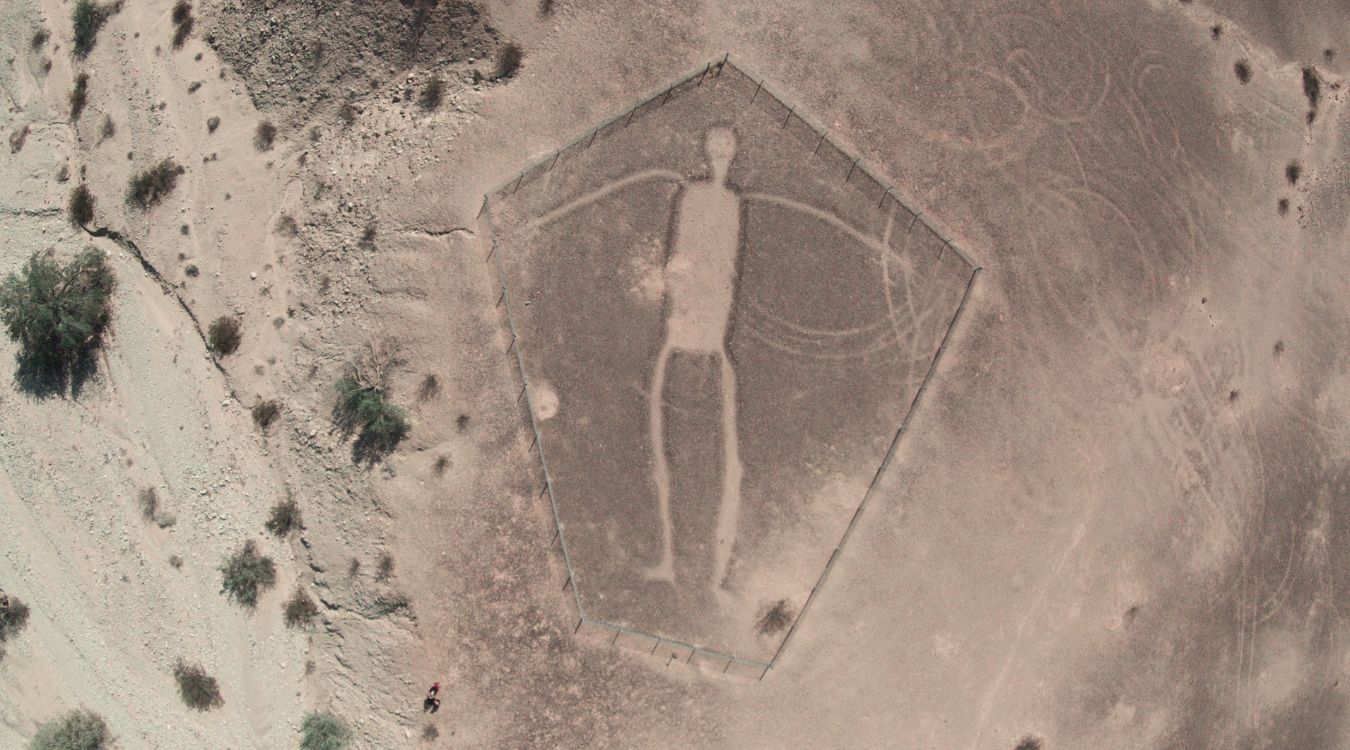Hidden Desert Drawings Of Blythe

Have you ever heard of the Blythe Intaglios? These massive ancient drawings, etched into the desert floor near Blythe, California, are a mystery waiting to be explored. Created by Native Americans over 1,000 years ago, these geoglyphs depict human figures, animals, and geometric shapes. Unlike the more famous Nazca Lines in Peru, the Blythe Intaglios remain relatively unknown, even to many locals. Imagine standing in the middle of the desert, surrounded by these enormous, intricate designs. It's like stepping back in time. Ready to learn more about these incredible desert drawings and how you can see them for yourself? Let's dive in!
Discover the Hidden Desert Drawings of Blythe
The Blythe Intaglios, also known as the Blythe Geoglyphs, are a series of gigantic figures etched into the desert floor near Blythe, California. These ancient drawings remain a mystery, captivating visitors with their sheer size and enigmatic origins. Let's explore these fascinating geoglyphs.
What are the Blythe Intaglios?
The Blythe Intaglios are massive figures carved into the desert ground, depicting humans, animals, and geometric shapes. Created by scraping away the dark surface layer of desert pavement to reveal the lighter soil underneath, these geoglyphs are believed to be over a thousand years old. Here are some of the most notable figures:
Human Figure: One of the most striking intaglios is a large human figure, measuring about 171 feet in length. This figure appears to be in a dancing or running pose, with arms outstretched and legs bent.
Animal Figure: Another prominent geoglyph is an animal figure, possibly representing a mountain lion or a coyote. This figure is about 105 feet long and showcases the ancient artists' skill in depicting wildlife.
Geometric Shapes: Several geometric shapes, including circles and spirals, can be found among the Blythe Intaglios. These shapes may have held ceremonial or astronomical significance for the creators.
Who Created the Blythe Intaglios?
The origins of the Blythe Intaglios remain shrouded in mystery. While it's challenging to pinpoint the exact creators, many believe these geoglyphs were made by the Native American tribes that inhabited the region. The figures may have been used for religious or ceremonial purposes, serving as a connection between the people and their gods.
How to Visit the Blythe Intaglios
Visiting the Blythe Intaglios offers a unique opportunity to witness these ancient artworks up close. Here are some tips for making the most of your visit:
Location: The Blythe Intaglios are located about 15 miles north of Blythe, California, off U.S. Route 95. A short dirt road leads to the site, which is accessible by most vehicles.
Best Time to Visit: The best time to visit is during the cooler months, from October to April. The desert heat can be intense during the summer, making it less enjoyable to explore the area.
Guided Tours: Consider joining a guided tour to learn more about the history and significance of the Blythe Intaglios. Local guides can provide valuable insights and enhance your experience.
Respect the Site: When visiting, remember to respect the site and its cultural significance. Avoid walking on the geoglyphs or disturbing the surrounding area to help preserve these ancient artworks for future generations.
The Mystery of the Blythe Intaglios
Despite extensive research, the true purpose and meaning of the Blythe Intaglios remain unknown. Some theories suggest they were used for religious ceremonies, while others believe they served as astronomical markers. The mystery surrounding these geoglyphs only adds to their allure, inviting visitors to ponder their origins and significance.
Other Nearby Attractions
While in the area, consider exploring other nearby attractions to make the most of your trip. Here are a few suggestions:
Palo Verde Valley: This lush valley along the Colorado River offers opportunities for boating, fishing, and birdwatching. It's a great spot to relax and enjoy the natural beauty of the region.
Cibola National Wildlife Refuge: Located just south of Blythe, this refuge is home to a diverse array of wildlife, including migratory birds, deer, and coyotes. It's an excellent destination for nature enthusiasts and photographers.
Quartzsite, Arizona: A short drive east of Blythe, Quartzsite is known for its rock and mineral shows, attracting gem enthusiasts from around the world. The town also offers a glimpse into the area's mining history.
Joshua Tree National Park: About an hour's drive west of Blythe, Joshua Tree National Park boasts stunning desert landscapes, unique rock formations, and the iconic Joshua trees. It's a must-visit for hikers, climbers, and nature lovers.
The Blythe Intaglios offer a fascinating glimpse into the past, showcasing the creativity and ingenuity of ancient peoples. Whether you're a history buff, an art enthusiast, or simply curious about these mysterious geoglyphs, a visit to the Blythe Intaglios is sure to leave a lasting impression.
Why Visit the Blythe Intaglios
The Blythe Intaglios are a must-see for anyone interested in history, art, or nature. These massive geoglyphs tell stories of ancient cultures and their connection to the land. Located in the Colorado Desert, the intaglios are easily accessible and offer a unique glimpse into the past. Visiting these sites not only provides a fascinating look at ancient artistry but also supports efforts to preserve these important cultural landmarks. Whether you're a history buff, an art lover, or just looking for a unique adventure, the Blythe Intaglios offer something special. Don't miss the chance to see these incredible desert drawings and learn about the rich history they represent. Plan your trip today and experience the wonder of the Blythe Intaglios for yourself.

